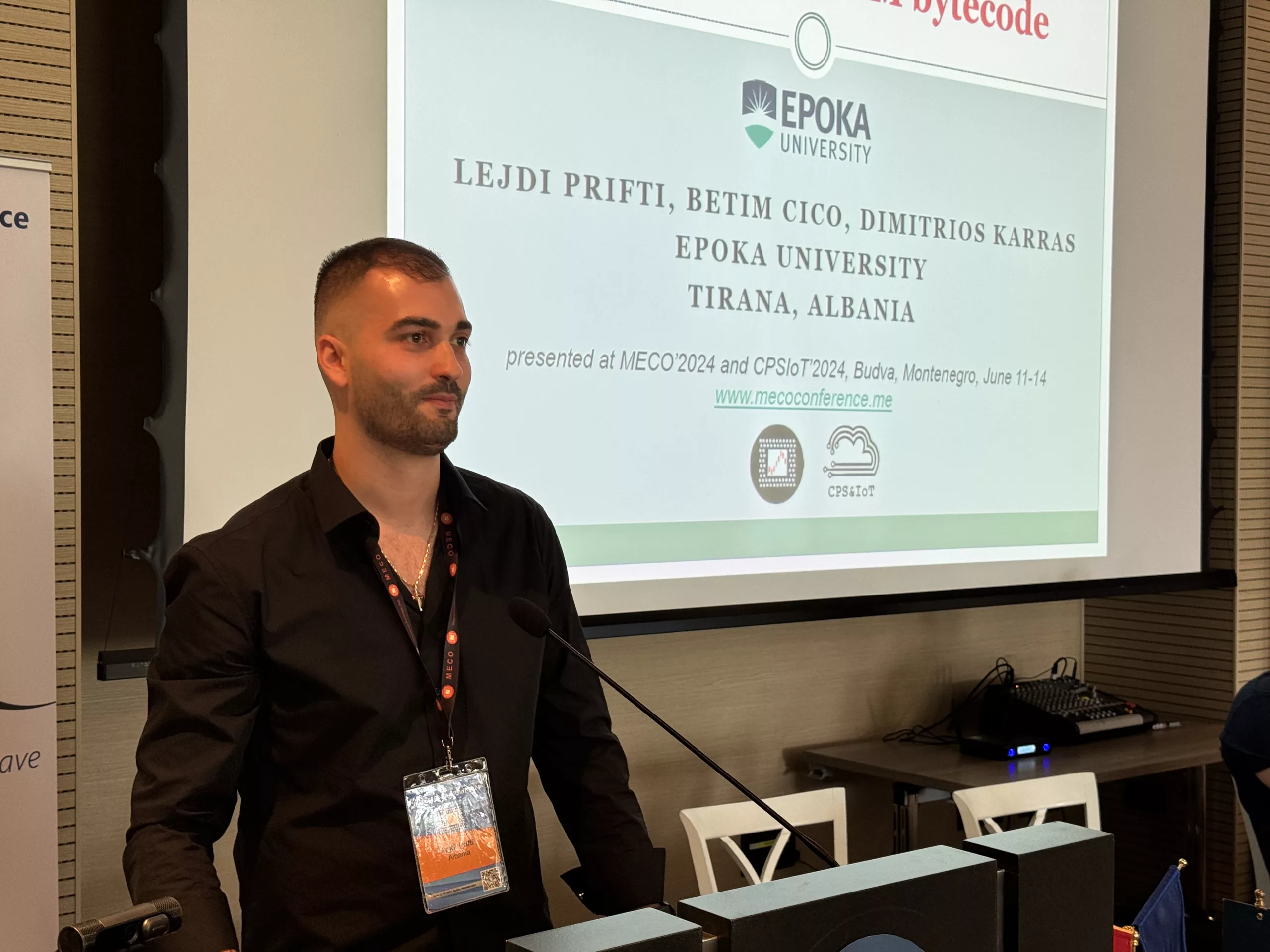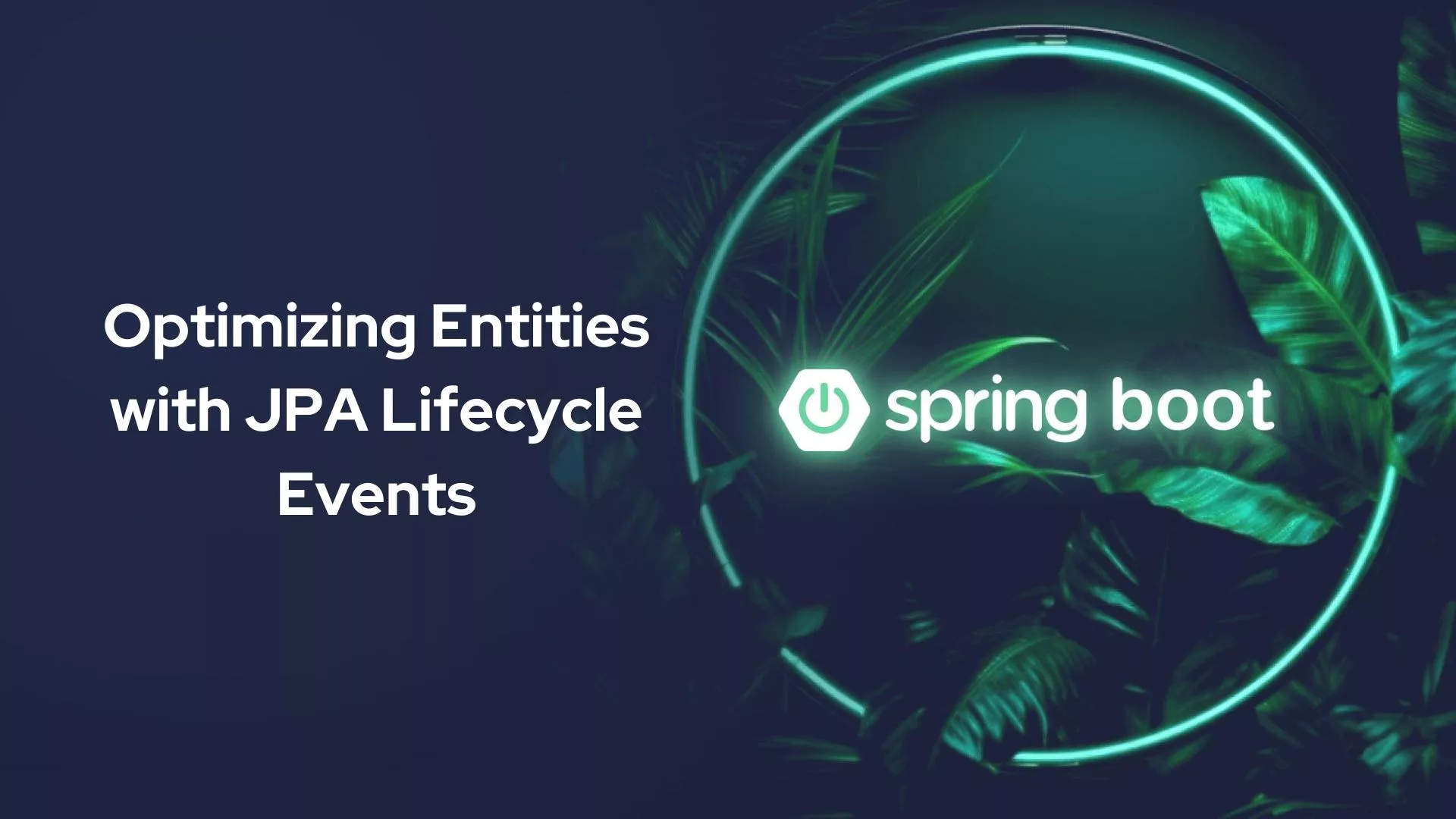Setting up JPA lifecycle events
Normally, we want to store the creation date every time a new entity is created but instead of adding it manually for each of our entities, we are going to leverage the JPA lifecycle events, specifically the @PrePersist.
But, what are the JPA lifecycle events?
JPA lifecycle events are callback methods that allow us to hook into the lifecycle of an entity. These events occur at specific points in an entity’s life, such as when it is persisted, updated, removed, or loaded from the database. We can use annotations to mark methods in your entity classes that should be called when these events occur.
@PrePersist is triggered before an entity is inserted into the database (before the persist operation). It is very useful for initializing default values or setting timestamps. On the other hand, @PostPersist is triggered after an entity is inserted into the database.
Moreover, @PreUpdate is triggered before an entity is updated in the database (before the merge operation). Similarly, @PostUpdate is triggered after the entity is updated in the database.
@PreRemove is triggered before an entity is removed from the database. It is often used for cleanup tasks or for setting a “soft delete” flag. On the contrary, @PostRemove is triggered after the entity is removed from the database.
Finally, there is also @PostLoad, which is triggered after an entity has been loaded from the database.
How can we leverage JPA lifecycle events?
We can utilize the @PrePersist annotation to automatically set the creation date of an entity. The @PreUpdate annotation will help us maintain the most recent update timestamp.
Finally, the BaseEntity looks as follows and our other entities are clean and free of duplication.

